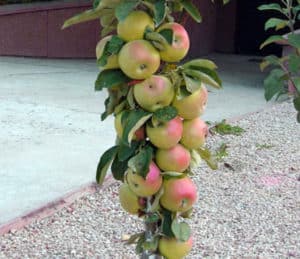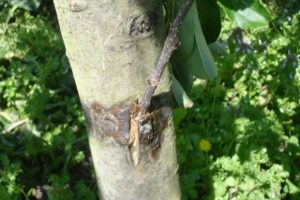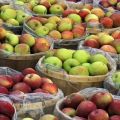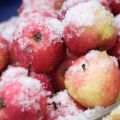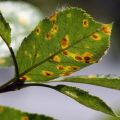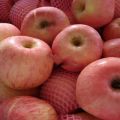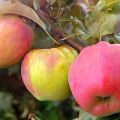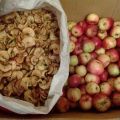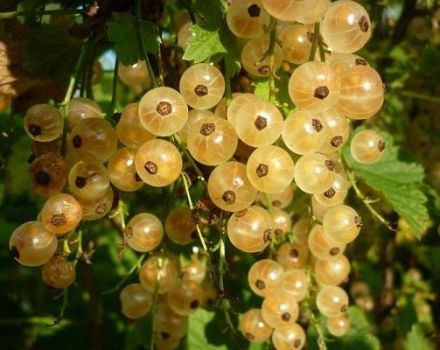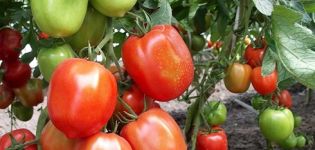Why apples rot right on the tree, what to do and how to fight
Sometimes rotten fruits are suddenly found among red and liquid apples. Many gardeners are concerned about what to do if the apples are rotting on the tree. It is not difficult to find means that will help keep the crop from spoiling.
The main causes of rot
Fungal diseases are considered the cause of apple rot. In addition to fruits, they damage leaves and young shoots. Basically, the disease spreads to trees whose fruits have seeds and bones. The spores of the fungus are carried by the wind from one tree to another, exposing it to fruit rot.

Signs and characteristics of apple rot
Fruit rot is impossible to confuse when the apples are covered with brown spots that eventually spread throughout the fruit.
The signs of rot are the following changes:
- fruits do not grow, are damaged by worms;
- the quality of the fruit pulp changes: it loses its elasticity;
- brown specks form on apples;
- the blackened formation begins to increase in size, gradually occupies almost the entire surface of the fruit;
- on the surface where the apple rots, gray conidia are formed;
then it completely rots, being on a branch, infecting closely growing fruit trees; - a large number of ripe fruits, due to this, an increase in affected apples occurs.
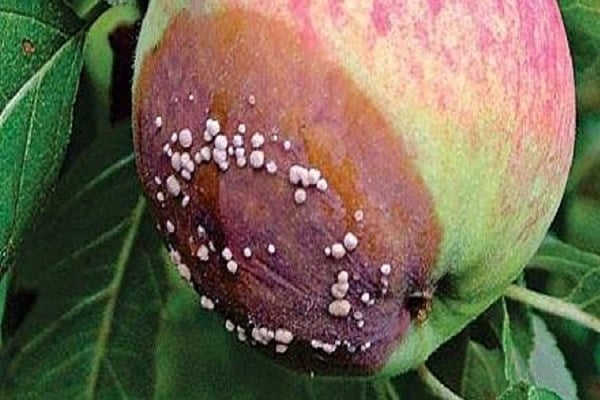
It has been observed that rotten fruits on apple trees are found most often in summer varieties. The fungus is very difficult to destroy, because it tolerates frost well, and in the spring it will again spread to other fruit trees, damaging young shoots.
Another reason for the active origin and spread of the fungus is too dense planting of trees. Even with a fight, the treatment will last only one year if there is a neighbor's garden nearby that does not process his apple trees.
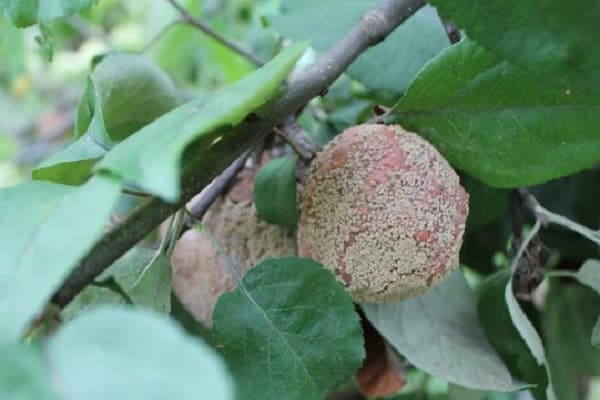
Moniliosis
Disease of fruit trees moniliosis is caused by fungi, as a result of which the apples rot from the inside. It is most often seen when a cold and rainy spring arrives. Spores, falling on apple trees, have a destructive effect on them. The main blow comes during flowering.
Microorganisms of the fungus enter trees through the bark. After a two-week incubation period, the flowers turn brown and gradually begin to dry out. Whitish, sometimes gray pustules appear on the pedicels and leaves, where the spores of the fungus are located.
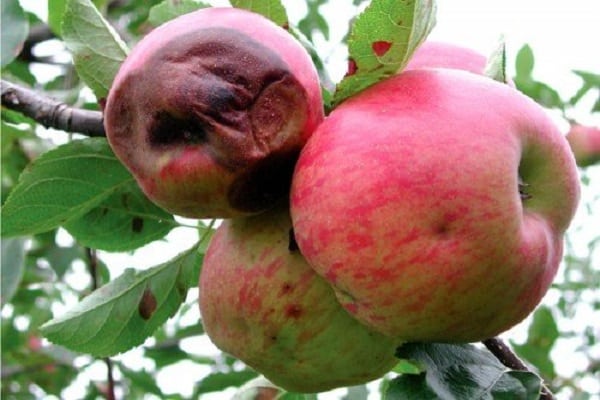
They most often begin to be carried by the wind, affecting all new trees.When the spores of the fungus hit the apple, the fruit becomes soft, changes color from green to brown, has an alcoholic smell.
Fruits infected with the fungus fall, but they can sag even before the onset of winter. High air humidity and temperatures above + 15 ° C are considered favorable conditions for the development of the disease.
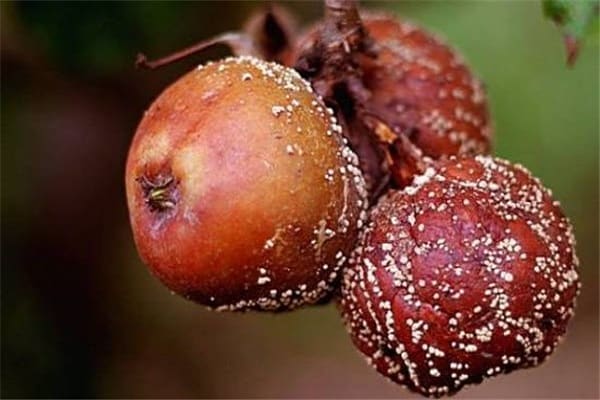
Chlorosis
If the supply of nutrients to the apple trees is disturbed, chlorosis develops. It is recognized by the changed color of the leaves. They become pale, may turn yellow, and dark rotted spots of various sizes form on them. At the same time, the veins of the leaves remain the same rich green color. It is believed that the apple trees lack iron, but not in all cases:
- When yellow leaves are formed at the top of the shoots, this is an indicator of iron deficiency.
- Pale leaves at the bottom of the branches indicate an insufficient nitrogen content.
- If the leaves become pale in the center of the shoots, this indicates that they have received less potassium.
- When the leaves are covered with specks, it means that there is not enough manganese and magnesium.
It is possible to correctly find out the cause of the disease only when it has just begun to manifest itself, then it will be useless. The fruits will rot inside.
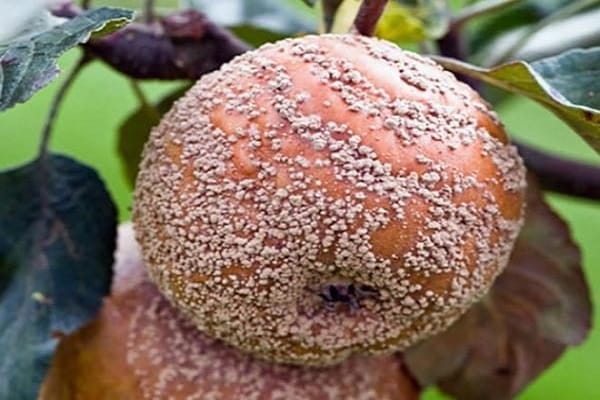
Scab
Scab belongs to fungal diseases. It begins to show its activity during rainy and damp weather with frequent fogs. As soon as spring comes, the spores of the fungus penetrate the bark and young shoots into the apple tree. They begin to spread throughout the tree.
The disease affects the harvest, and can also kill young trees. The scab is easy to recognize. Initially, yellow spots begin to appear on the leaves, gradually they take on a brown color, then turn black, leaving cracks.
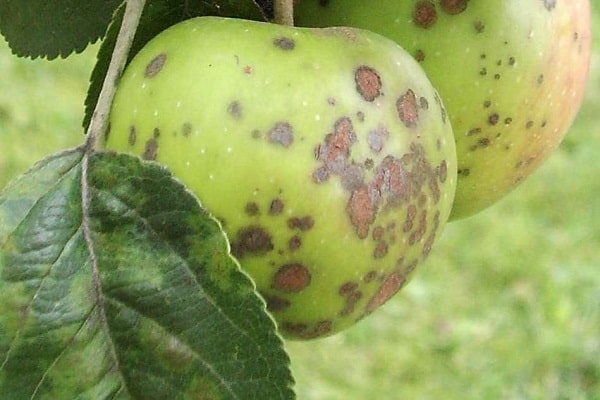
First, young leaves at the ends of the branches get sick. The disease gradually spreads to apples. First, small spots and cracks appear, gradually they, merging with each other, occupy the area of the entire fruit.
Old and young apple trees are at risk. Especially if they are densely planted, the weather is wet and rainy. The fungus is well preserved in the winter in fallen dry leaves. In the spring, when looking at the foliage, if there are dark bumps on them, it means that there are spores of the fungus, which begin to ripen, spread by the wind throughout the garden. Infected trees look sick and can freeze in extreme cold in winter.
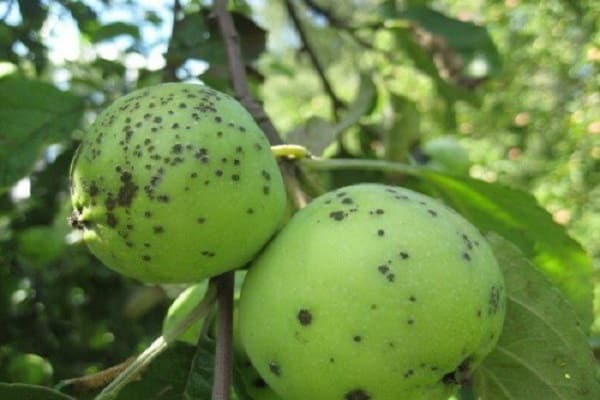
Muhosed
The disease is caused by the introduction of fungal spores into the fruit of apple trees. When examining the fruit, you can see that it is covered with small dots that resemble fly excrement. But this is easily recognizable, because these dots are not erased, no matter how hard you try.
Blackheads are considered the reproductive organs of the fungus; spores mature in them. As soon as their ripening ends, they begin to scatter around the garden with the help of the wind, infecting new trees and fruits. These fungi are especially active when damp, rainy weather, frequent fogs, and dew falls in the morning. Especially infection occurs quickly with thickened plantings, where high humidity is kept due to poor ventilation.
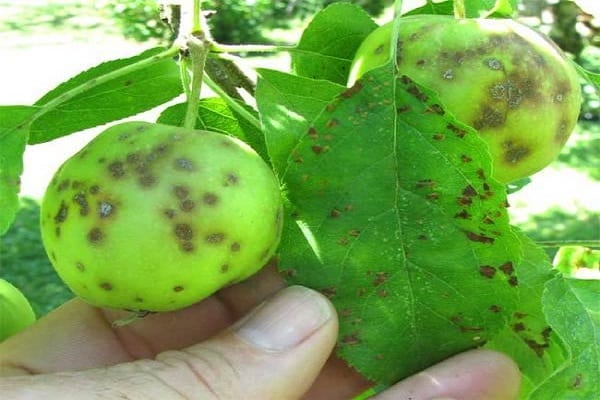
This mushroom is safe for humans, so there is no way to get infected. You can eat apples on which there are black dots, these fruits are well stored, the only thing: their presentation is lost.
Ways to fight disease
There are many ways how you can deal with fruit rot.
Control measures and treatment include:
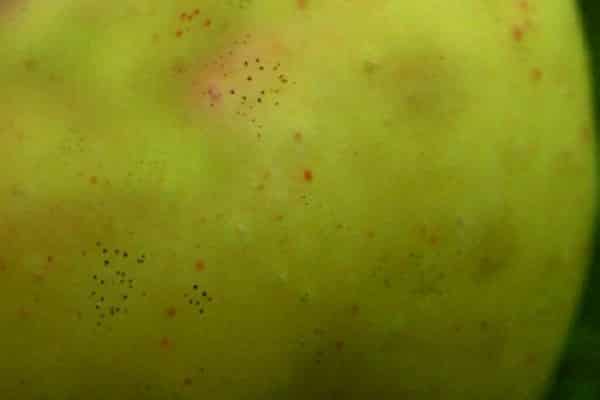
- carrying out preventive measures;
- digging the soil and processing it with copper sulfate;
- fertilization;
- treatment of trees with special chemicals;
- compliance with the rules for planting seedlings.
When the first signs appear on trees, you should definitely treat them.
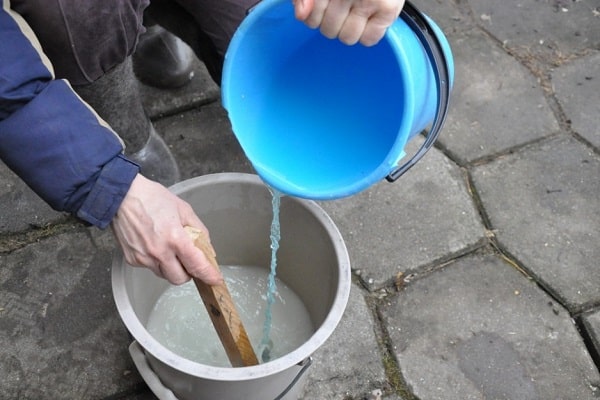
What to do with rotten fruit
As soon as signs of decay of the fruit tree are found, as well as completely rotten apples, it is imperative to get rid of them. Remove them from the apple tree, otherwise other fruits will become infected.
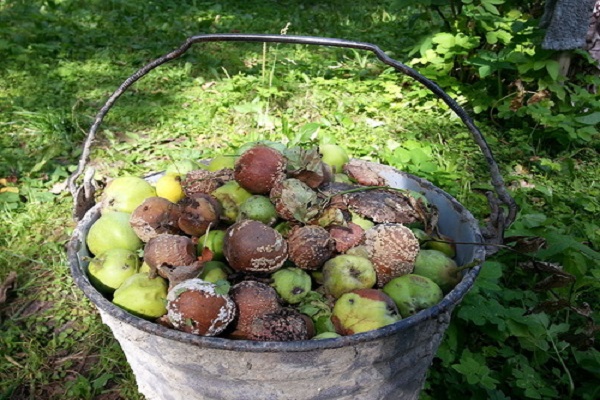
Preventive actions
It is easier to prevent the development of the disease than to cure it later.
To prevent the further development of fungal diseases and the formation of rot on fruit trees, it is recommended:
- From autumn, remove all fallen leaves and burn, cut off damaged branches.
- In early spring, treat apple tree trunks with lime with the addition of fungicide.
- When planting, observe the distances between seedlings so that there is no thickening. It is necessary that air circulates well between the trees.
- Trees should not be injured. If this happens, then the wounds must be immediately treated with garden varnish, since they are the entrance gate for fungi.
- When pruning diseased branches, cut off some healthy tissue.
- Remove all the fruits on the apple tree; they cannot be left to winter on the branches.
- Spend spraying apple treesso that there are no pests on them.
- In autumn, it is imperative to dig the soil around the apple tree trunks. It is advisable to apply fertilizers during the autumn digging.
- Before pruning the branches of apple trees, treat the tools with an antiseptic.
It is advisable to plant trees that are resistant to fungal diseases and various pests.
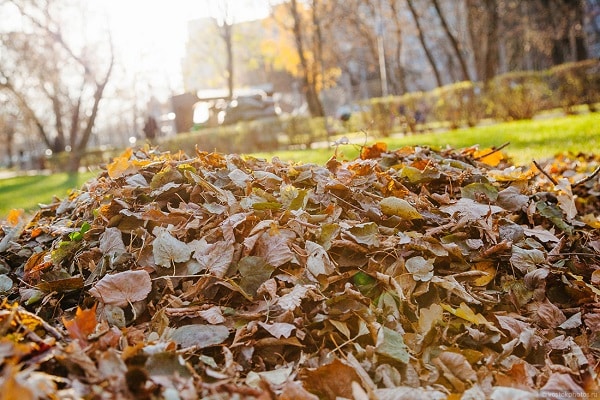
Spraying with specialized products
For prophylaxis against various diseases, it is recommended to spray the apple trees with the use of chemical protection agents. First, the trees are treated before the flowering of apple trees.
The following drugs are used as means:

- Mikosan-V;
- Horus;
- bordeaux mixture;
- "Meters";
- colloidal sulfur;
- "Strobe";
- Abiga Peak;
- Agricola;
- Ferovit;
- "Raek";
- "Vectra";
- Fludioxonil;
- "Fitoflavin".
The next treatment is carried out immediately after flowering apple trees with the same means. Then again in July. After harvesting, it is advisable to spray the trees with Bordeaux liquid again, as it contains copper.

Selection of disease resistant varieties
There are no fruit trees that are completely resistant to fungal diseases. There are varieties that are much less likely to be infected with moniliosis.
These varieties are:
- Mutsu;
- Jonathan;
- Idared;
- Ontario;
- Freiberg;
- Welsey.
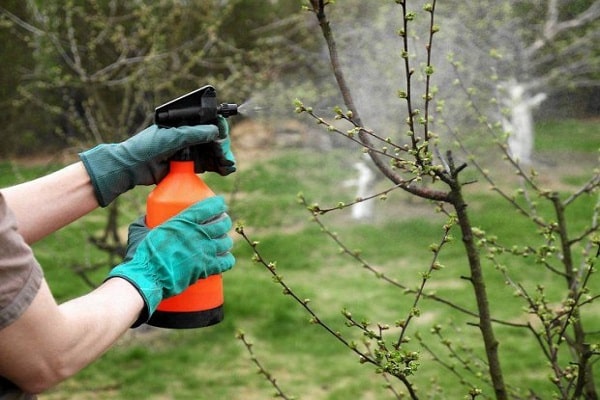
Apple varieties with strong immunity against chlorosis:
- Andryushka;
- Dey;
- Currency;
- Dialogue;
- Vasyugan;
- Moscow necklace.
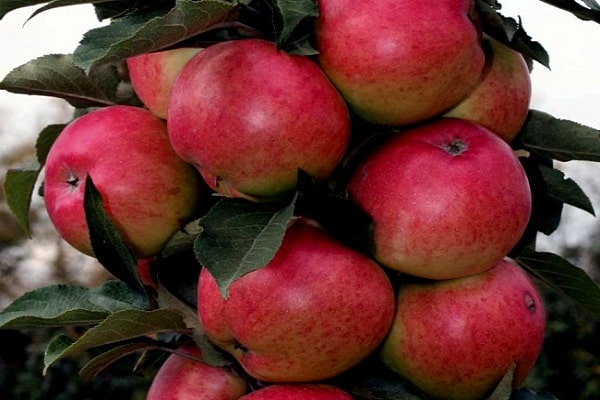
Scab-resisting apple varieties:
- Lungwort;
- Delight;
- Orlinka;
- Star;
- Moscow winter;
- Saffron pepin;
- Margot;
- Orpheus.
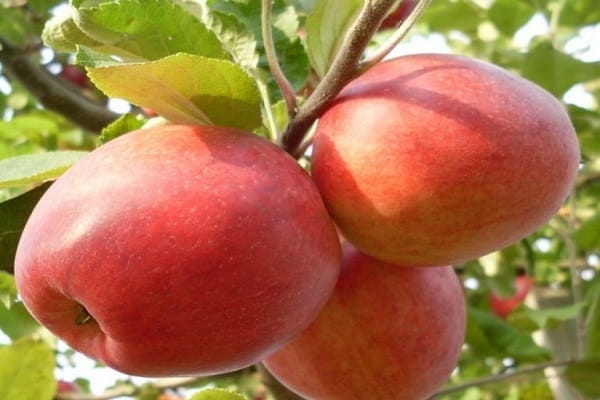
The following apple varieties are most protected from the fly-holed:
- Manchzhurskaya;
- Blood red;
- Siebold;
- Profusely blooming;
- Purple Aldengam.
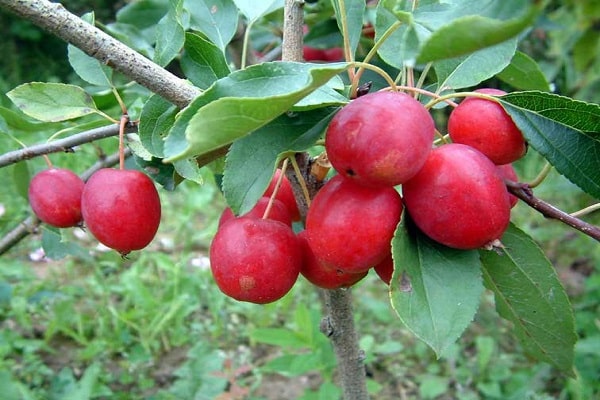
Proper tree planting
To protect trees from fungal diseases and pests, you need to know the rules for planting apple trees.
Important:
- Choose a pick up time. The most optimal is early spring and mid-autumn.
- Observe the distance between the seedlings, which should have been at least 3 meters, ideally - by 5.
- Purchase trees with a closed clod of earth. Then the apple trees are not injured, only the packaging is removed. The seedling is planted directly from the ground.
- Prepare a hole in advance: that is, for the autumn planting they dig out in the spring, for the spring - in the fall for fertilization. It is dug out in a sunny area. Taking into account the passage of groundwater, not less than 2 meters.
- The soil should be fertile, loose, slightly acidic.
Compliance with planting rules, knowledge of common diseases and measures to combat them will allow you to get a healthy harvest of apples.

